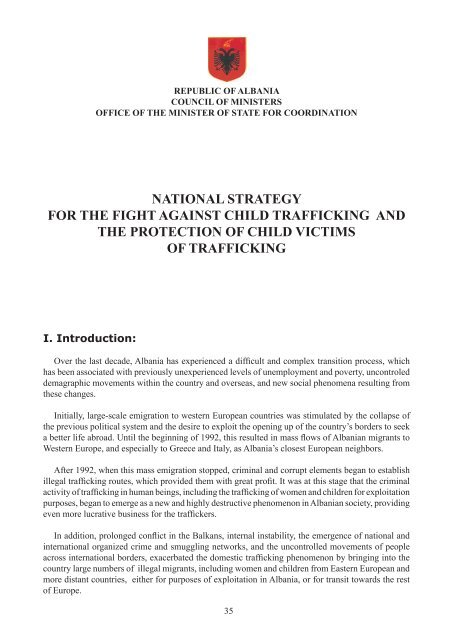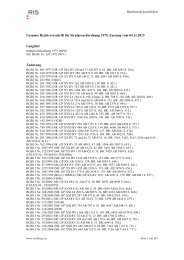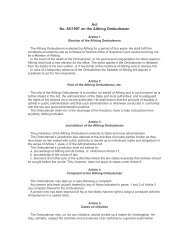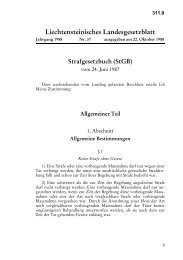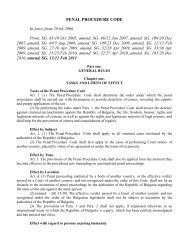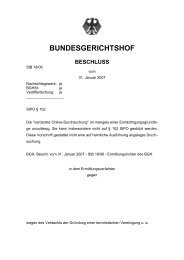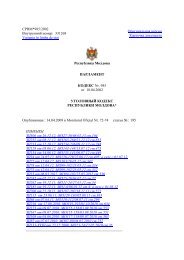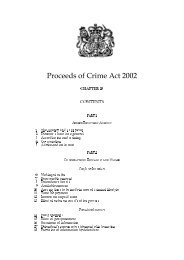strategjia kombetare shqiptare per luften kunder ... - Legislationline
strategjia kombetare shqiptare per luften kunder ... - Legislationline
strategjia kombetare shqiptare per luften kunder ... - Legislationline
Create successful ePaper yourself
Turn your PDF publications into a flip-book with our unique Google optimized e-Paper software.
REPUBLIC OF ALBANIA<br />
COUNCIL OF MINISTERS<br />
OFFICE OF THE MINISTER OF STATE FOR COORDINATION<br />
NATIONAL STRATEGY<br />
FOR THE FIGHT AGAINST CHILD TRAFFICKING AND<br />
THE PROTECTION OF CHILD VICTIMS<br />
OF TRAFFICKING<br />
I. Introduction:<br />
Over the last decade, Albania has ex<strong>per</strong>ienced a difficult and complex transition process, which<br />
has been associated with previously unex<strong>per</strong>ienced levels of unemployment and poverty, uncontroled<br />
demagraphic movements within the country and overseas, and new social phenomena resulting from<br />
these changes.<br />
Initially, large-scale emigration to western European countries was stimulated by the collapse of<br />
the previous political system and the desire to exploit the opening up of the country’s borders to seek<br />
a better life abroad. Until the beginning of 1992, this resulted in mass flows of Albanian migrants to<br />
Western Europe, and especially to Greece and Italy, as Albania’s closest European neighbors.<br />
After 1992, when this mass emigration stopped, criminal and corrupt elements began to establish<br />
illegal trafficking routes, which provided them with great profit. It was at this stage that the criminal<br />
activity of trafficking in human beings, including the trafficking of women and children for exploitation<br />
purposes, began to emerge as a new and highly destructive phenomenon inAlbanian society, providing<br />
even more lucrative business for the traffickers.<br />
In addition, prolonged conflict in the Balkans, internal instability, the emergence of national and<br />
international organized crime and smuggling networks, and the uncontrolled movements of people<br />
across international borders, exacerbated the domestic trafficking phenomenon by bringing into the<br />
country large numbers of illegal migrants, including women and children from Eastern European and<br />
more distant countries, either for purposes of exploitation in Albania, or for transit towards the rest<br />
of Europe.<br />
35


